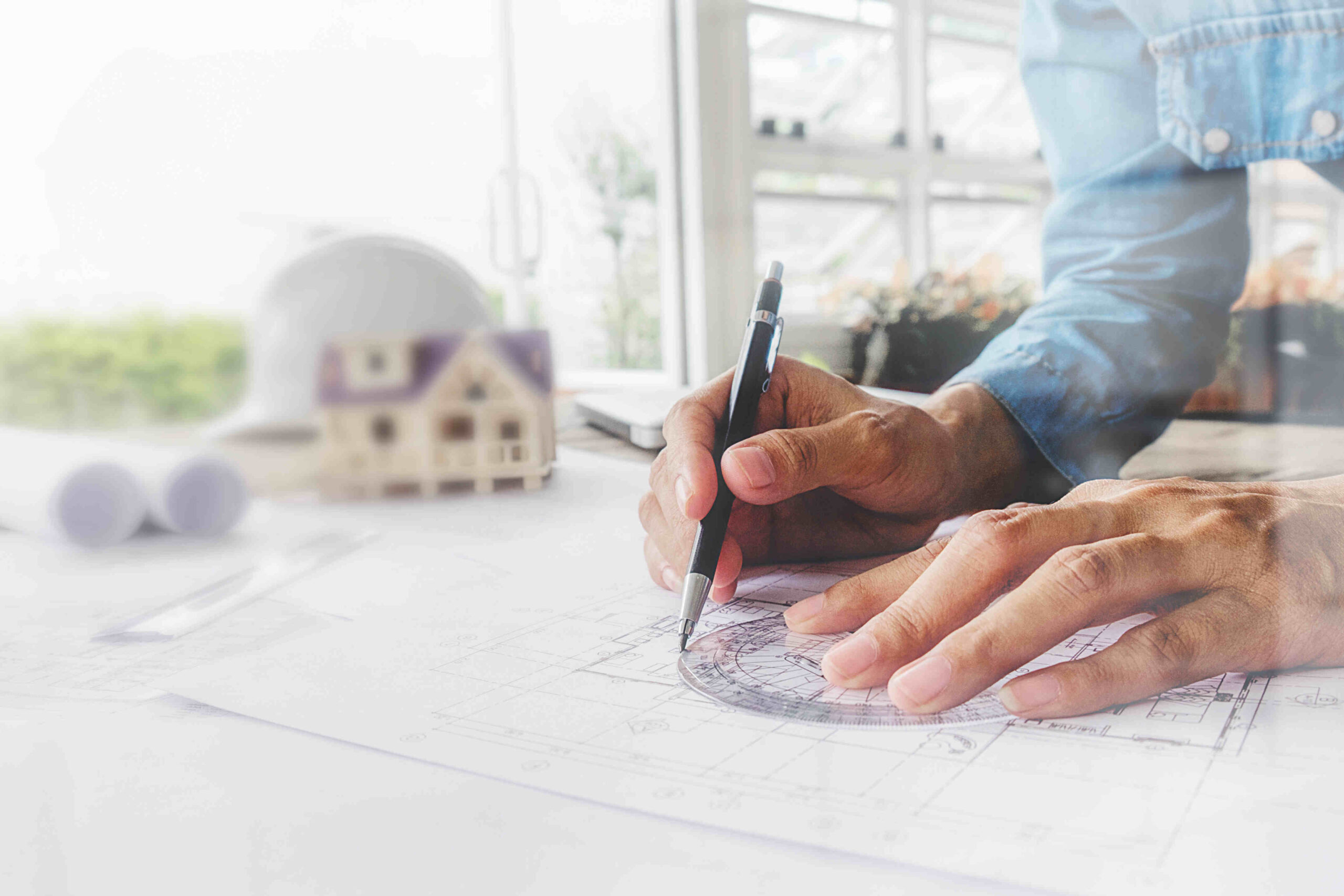How Modern Architecture Shapes Modern Interior Design

Modern interior design is often described as clean, simple, and elegant. But behind every well-designed space lies a structure that makes it possible. The relationship between architecture and interior design is especially important in modern homes, where open spaces, light, and geometry define the way we live. This article explores how modern architecture guides the way we design our interiors and how these foundations influence the styles and choices we make inside our homes.
The Foundation of Style: Understanding Modern House Design
Modern house design is based on the idea that form should follow function. That means every wall, window, and doorway has a purpose. Open plans, large windows, and minimal structural barriers are all common features. These elements create spaces that feel larger and more connected, encouraging natural light and movement throughout the home.
Because of this structure, the way we furnish and decorate must also change. A home with wide open rooms calls for thoughtful furniture placement, cohesive materials, and subtle transitions between different zones. In modern house design interior decisions are never just about looks. They are about how the space works and feels every day.
Where Architecture Meets Interior Design
Modern architecture interior design is about more than surfaces. It is about the relationship between inside and outside, between solid walls and open glass, between heavy materials and light textures. A designer must respond to the character of the structure, not fight against it. Natalie Interior Design is one of the best choices for renovating your house
For example, a home with floor-to-ceiling windows should consider how light enters the room at different times. The choice of flooring, wall colour, and even fabric can affect how that light is experienced. A room that feels bright and warm in the morning may need softer tones and layered lighting to remain inviting at night.
Modern Interior Design: More Than a Look
While many people think of modern interior design as a style, it is more accurate to think of it as an approach. It focuses on simplicity, clarity, and functionality. Materials are chosen for their natural beauty. Layouts are designed for ease of movement. Everything has a place and a reason.
Modern homes often blend materials like timber, concrete, metal, and glass. These are not just aesthetic choices. They reflect the structure of the building and support the lifestyle of the people who live there. In this way, interior design styles are not separate from the architecture but are part of the same language.
Light, Flow, and Spatial Logic
One of the key differences between traditional and modern interior design is how space is used. Traditional homes often divide rooms into specific functions. Modern homes aim for flexibility. A living room might flow directly into the kitchen or open onto a courtyard. This fluid layout encourages connection and shared experience.
To support this, furniture must be arranged in a way that defines space without closing it off. Rugs, sofas, and shelves help create visual zones while maintaining openness. Modern house design interior needs smart planning to avoid feeling empty or disconnected.
Design Styles That Complement Modern Architecture
Some interior design styles work especially well with modern architecture. Scandinavian design, with its use of light wood, clean lines, and simple forms, blends naturally into modern spaces. Mid-century modern also fits easily, offering warmth and personality without clutter.
Japandi, a hybrid of Japanese and Scandinavian styles, is another popular choice. It focuses on calm, intentional design with a strong respect for natural materials and negative space. These styles allow the architecture to breathe while adding a personal touch.
Personalising a Modern Space
Some people worry that modern design feels cold or impersonal. The truth is, modern interiors can be deeply personal when approached with care. The structure provides a neutral base that makes details stand out more. Art, textiles, plants, and handmade items gain greater impact in a modern setting.
Texture is a useful tool. A soft wool rug on polished concrete. Sheer linen curtains against a steel frame window. These contrasts create warmth and comfort without changing the structural clarity of the home. In modern interior design, small changes can transform the atmosphere without adding clutter.
The Role of Interior Architecture
Interior architecture is the link between building design and interior design. It includes elements like built-in shelves, hidden lighting, and recessed ceilings. These are not decorative extras. They are part of how a space functions. A well-designed interior supports the life within it, making everyday tasks easier and more pleasant.
For example, a built-in bench near the entry adds both seating and storage. A recessed wall niche can hold books or art without taking up floor space. These architectural details allow the interior design to stay clean and open while still being useful and expressive.
Conclusion: Designing with the Building in Mind
Modern interior design is not about filling a room. It is about understanding space and using it well. It respects the structure of the home and builds upon it with care and clarity. When interior design responds to modern architecture, the result is a space that feels natural, open, and alive.
Whether you are designing a new home or updating an existing one, consider how light moves, how spaces connect, and how materials speak to one another. Let the structure guide your decisions. With thoughtful planning, your home will not just look modern. It will feel modern in the best possible way.

